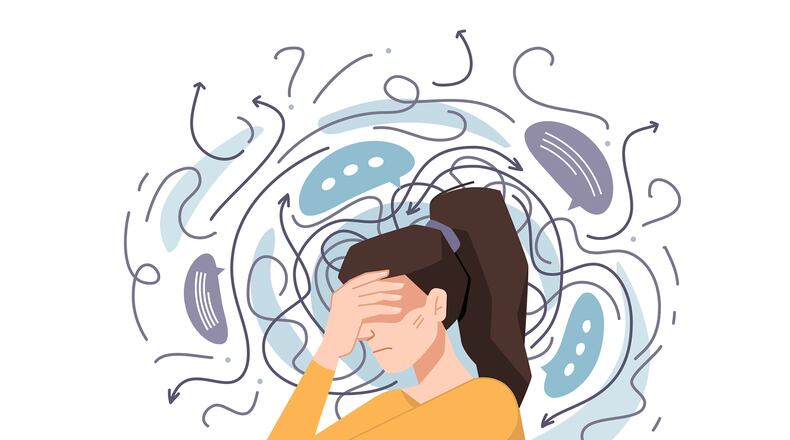Gwinnett County Public Schools intends to set aside time for the first three days of the new academic year to concentrate on how to do school itself. Classrooms will focus on expectations of behavior and discipline in school and conflict resolution.
That announcement, reported last week in The Atlanta Journal-Constitution, is spurring a lot of discussion, much of it skeptical. I raised the issue on the AJC Get Schooled Facebook page, where teachers said it will take more than three days to repair the behavioral fallout from the pandemic.
“Learning expectations and building community takes way longer than three days in isolation. Embed these in your daily routines as learning happens. This would probably be a better use of time,” said one reader.
Not everyone was dubious. An alum of Gwinnett Schools noted, “Teachers receive multiple days of pre-planning to: set and learn schoolwide and grade level expectations, build relationships with colleagues, fellowship, etc., so why do we not lend these same efforts to our students? We must focus on building relationships and teaching and modeling expectations early and often or the contents of our syllabuses will not matter.”
Over the holiday weekend, I had several dispiriting conversations about the mental health of students that make me wonder if schools — or any of us — are equipped to step into this breach. The recommended ratio of child psychiatrists to children is 47 per 100,000. In Georgia, we have eight psychiatrists per 100,000 children, leaving parents with few options in their communities, especially rural Georgia.
As the AJC reported in its deep dive into student mental health, rates of anxiety disorders and depression among young people doubled to 1 in 5 during the pandemic, with experts blaming the increase on the social isolation of virtual learning, social media pressures and academic expectations.
But what did that look like in classrooms?
One of my conversations was with a Georgia college graduate who spent a year working in a well-regarded charter middle school in the Northeast where students learned remotely for a year and a half. She worked as a classroom aide in its first full year back in person. The discipline challenges — including daily vaping in the school bathrooms — overwhelmed the staff. Students were so accustomed to communicating via their phones that they struggled to connect to peers sitting right next to them. She was surprised at how hard it was to get students to a place where learning was even possible. And this was a well-staffed and well-funded charter school noted for its high achievement.
I heard similar worries from a pediatrician who said bullying was an increasing problem, both due to the pandemic and the social media obsessions among adolescents and teens. She also told me that many students tired of Zoom classes and lost enthusiasm for learning and motivation to learn.
I also chatted with an instructional coach in a private school who feels students are losing the thread of what they’re doing in class and in their home reading assignments because they interrupt their workflow every few minutes to check Snapchat, YouTube, WhatsApp and Instagram. (This essay explores this “switch-cost effect” even to adults who check their phones constantly.)
Nationally, the White House said this week that America’s students are on average two to four months behind in reading and math because of the COVID-19 pandemic. That means schools have to not only address mental health needs, but also reawaken the muscle memory of how to do school.
They can’t do it alone, and parents have to play a role. The problem is that parents are feeling overwhelmed. In a 2020 survey, 71% of parents said the pandemic has taken a toll on their child’s mental health, 69% said the pandemic is the worst thing to happen to their child, and 67% said they wish they’d been more vigilant about their child’s mental health from the beginning.
Parents are looking for schools to help them, especially given the lack of affordable and accessible community mental health services for kids. Multiple surveys have found parent support for schools incorporating social and emotional learning into their curriculums.
Schools are trying to catch students up with formidable adversaries working against them, such as smartphones and social media. Even with the billions in federal dollars flowing into schools, are we capable of creating a mental health support system that is deep enough and wide enough to reach all the students who need help? If you call any recommended private therapists who work with kids and teens, you will find waiting lists.
Can schools address mental health to the extent needed? And can they shore up children’s well-being and mental health at the same time they’re attempting to accelerate student learning?
About the Author
The Latest
Featured



